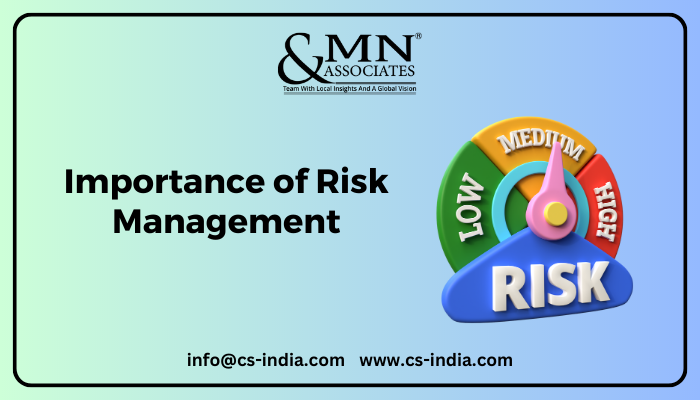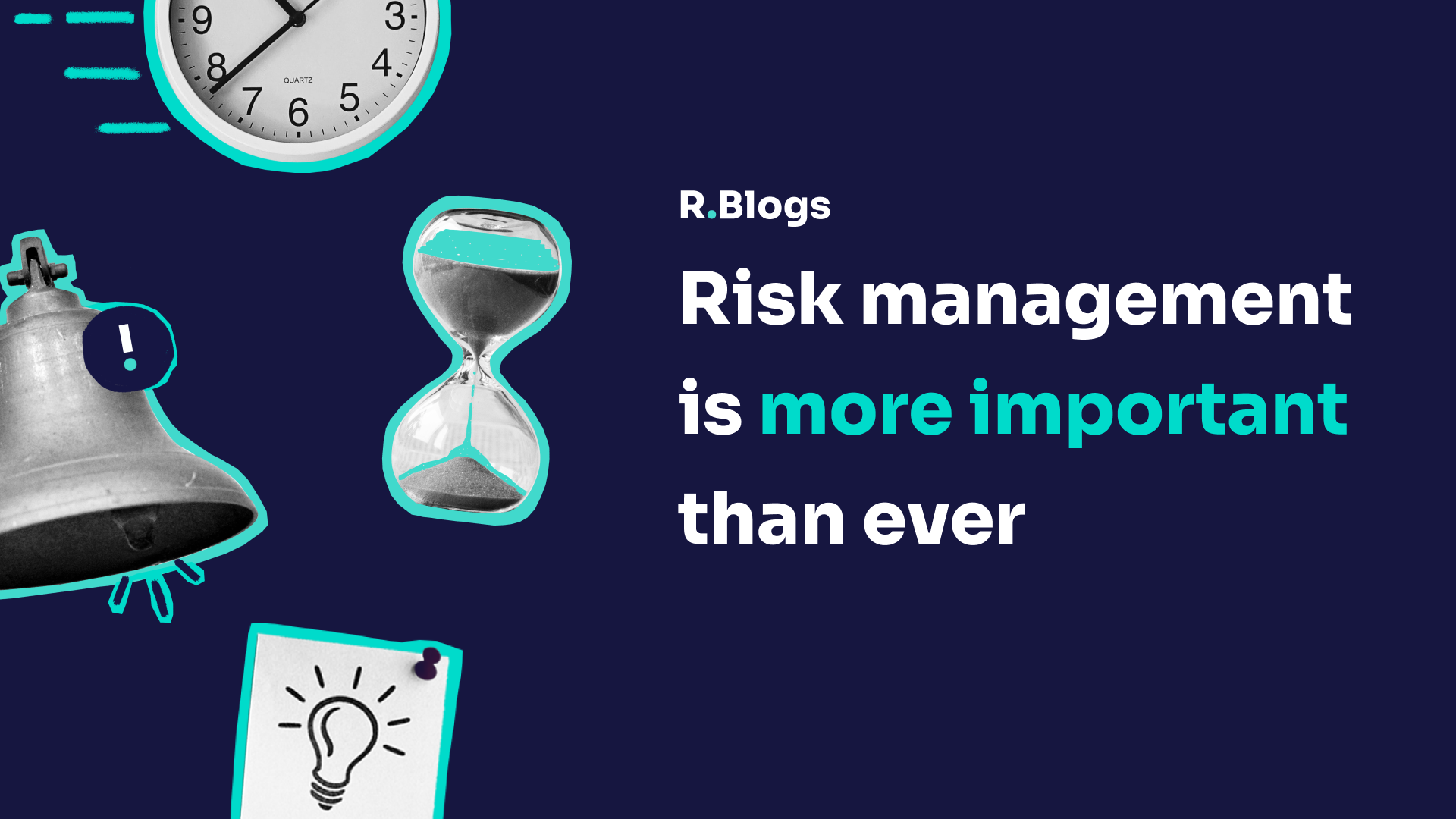Exploring the Value of Risk Management for Effective Decision-Making Methods
In the detailed globe of business, Risk Management emerges as an important consider the decision-making procedure. The ability to identify prospective risks and opportunities, and strategize as necessary, can lead to the distinction between success and failure. With devices such as SWOT and PESTEL, companies are equipped to make informed choices, fostering strength and adaptability in an ever-changing setting. Wondering how this works? Let's unpack the dynamics further.
Comprehending the Concept of Risk Management
Risk Management, a critical part in decision-making, is usually misinterpreted or oversimplified. Normally, it describes the recognition, analysis, and prioritization of dangers to decrease, keep track of, and regulate the possibility or impact of regrettable occasions. It's not just about avoiding unfavorable outcomes, but additionally about identifying potential possibilities. Risk Management includes organized and self-displined strategies, making use of data and insightful assessments. It requires an extensive understanding of the organization's context, objectives, and the prospective dangers that might prevent them. From economic unpredictabilities, legal obligations, tactical Management mistakes, to mishaps and natural calamities, it deals with various threats. Significantly, effective Risk Management is not stagnant; it's a continual, progressive procedure that progresses with changing circumstances.
The Role of Risk Management in Decision-Making Processes
In the realm of tactical planning and company operations, Risk Management plays an integral duty in decision-making processes. It aids in determining prospective hazards and unpredictabilities that could influence the accomplishment of organization goals. By mapping these dangers, firms can develop strategies to mitigate their effect, ensuring company connection and security. Risk Management thus becomes a crucial device in decision-making, aiding leaders to make informed choices based on a detailed understanding of the threats entailed. It encourages a proactive technique, allowing organizations to expect and prepare for feasible future circumstances. This significantly decreases the likelihood of unfavorable effects, promoting extra effective and effective decision-making techniques. Consequently, Risk Management functions as a vital part in the decision-making procedures of any kind of company.

Just How Risk Management Enhances Strategic Planning
In the context of critical preparation, Risk Management plays a crucial duty. Starting with the identification of potential risks, it better includes the execution of Risk reduction actions. The duty of Risk Management is dynamic but not fixed, as it requires consistent surveillance and adjusting of approaches.
Recognizing Prospective Dangers

Applying Risk Reduction
Having established the value of determining potential threats, the next action is to discover Risk reduction. This process entails establishing and carrying out strategies to take care of determined risks successfully. It is a critical element of strategic planning as it enhances decision-making by reducing possible adverse outcomes. Risk mitigation approaches can vary from Risk avoidance, Risk transfer, to take the chance of reduction. Each technique should be customized to the particular Risk, considering its prospective impact and the organization's Risk resistance. In addition, effective Risk mitigation requires a deep understanding of the Risk landscape and the prospective impact of each Risk. This understanding enables organizations to focus on threats and allocate resources properly, ensuring that one of the most considerable threats are addressed initially.
Surveillance and Readjusting Strategies
Though Risk mitigation is an important step in tactical planning, continual monitoring and modification of these approaches is similarly essential. It additionally offers a chance to evaluate the success of the Risk Management actions, enabling changes to be made where needed, further improving critical planning. Tracking and readjusting Risk Management approaches is a vital part for improving an organization's durability and critical preparation.
Case Studies: Successful Risk Management and Decision-Making
On the planet of business and money, effective Risk Management and decision-making typically function as the pillars of prosperous ventures. One such entity is an international oil business that reduced financial loss by hedging versus find out here rising and fall oil rates. see page In one more instance, a technology start-up grew by recognizing and approving risky, high-reward methods in an unstable market. A worldwide bank, faced with regulatory unpredictabilities, efficiently navigated the scenario with positive Risk evaluation and vibrant decision-making. These instances highlight the worth of astute Risk Management in decision-making procedures. It is not the absence of Risk, however the Management of it, that often differentiates effective business from not successful ones. These situations underscore the essential function of Risk Management in strategic decision-making. importance of risk management.
Tools and Strategies for Effective Risk Management
These tools, such as Risk signs up and warmth maps, help in recognizing and assessing potential risks. Risk response techniques, a crucial part of Risk Management, include approving, preventing, transferring, or mitigating threats. With these devices and strategies, decision-makers can browse the complicated landscape of Risk Management, thereby assisting in notified and effective decision-making.
Future Trends in Risk Management and Decision-Making Methods
As we explore the substantial landscape of Risk Management, it comes to be apparent that the devices and techniques made use of today will continue to progress. The concept of Risk culture, where every participant of an organization is mindful and involved in Risk Management, will obtain a lot more prominence. These patterns herald an even more comprehensive and positive method towards Risk Management and decision-making.
Conclusion

Risk Management thus becomes a vital device in decision-making, aiding leaders to make educated options based on an extensive understanding of the risks entailed. Risk mitigation approaches can vary from Risk evasion, Risk transfer, to risk reduction (importance of risk management). Reliable Risk mitigation needs a deep understanding of the Risk landscape and the possible impact of each Risk. Risk reaction strategies, an essential part of Risk Management, entail approving, avoiding, moving, or mitigating dangers. The concept of Risk culture, where every participant of an organization is mindful and included in Risk Management, will certainly get more prestige